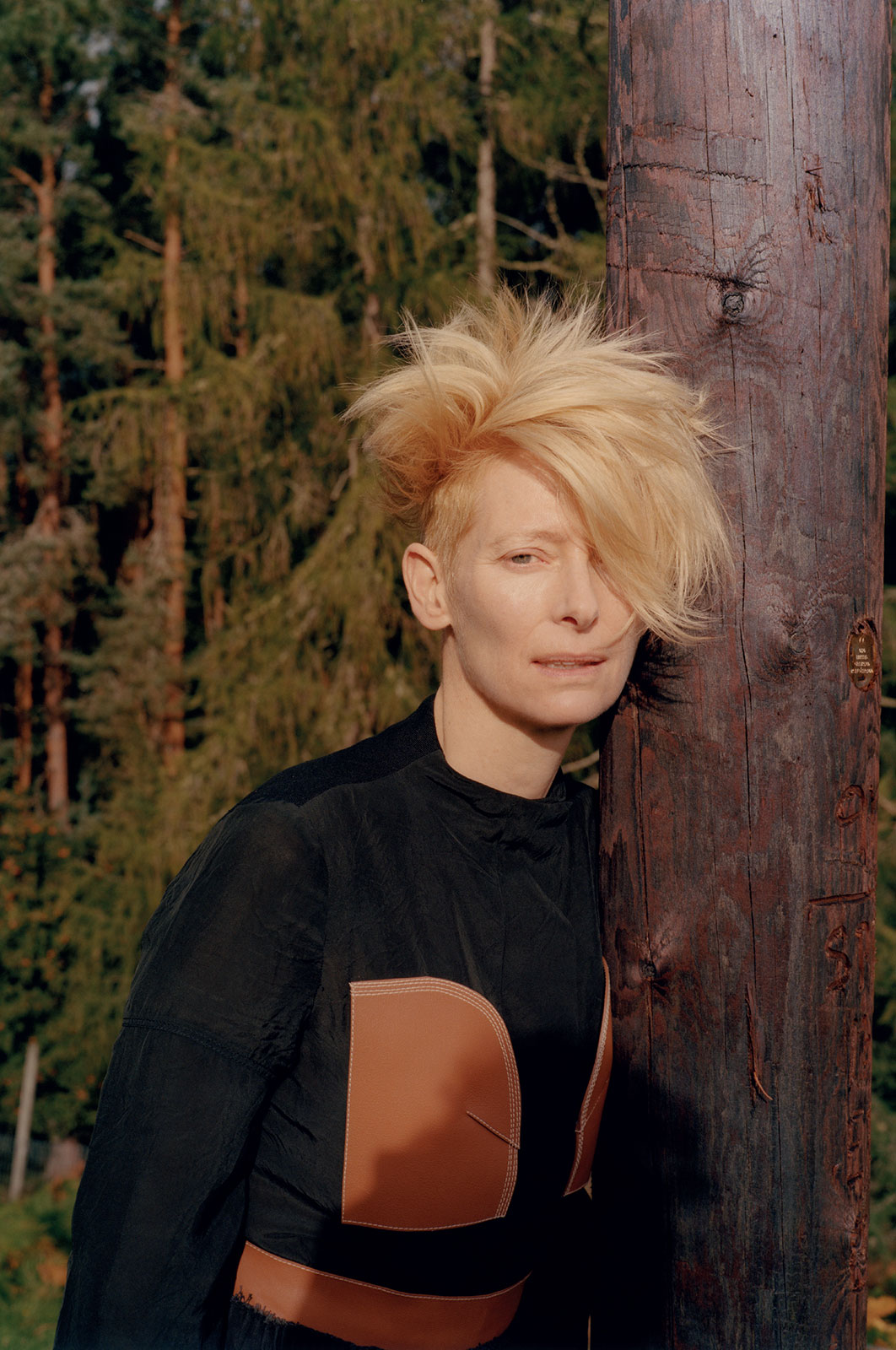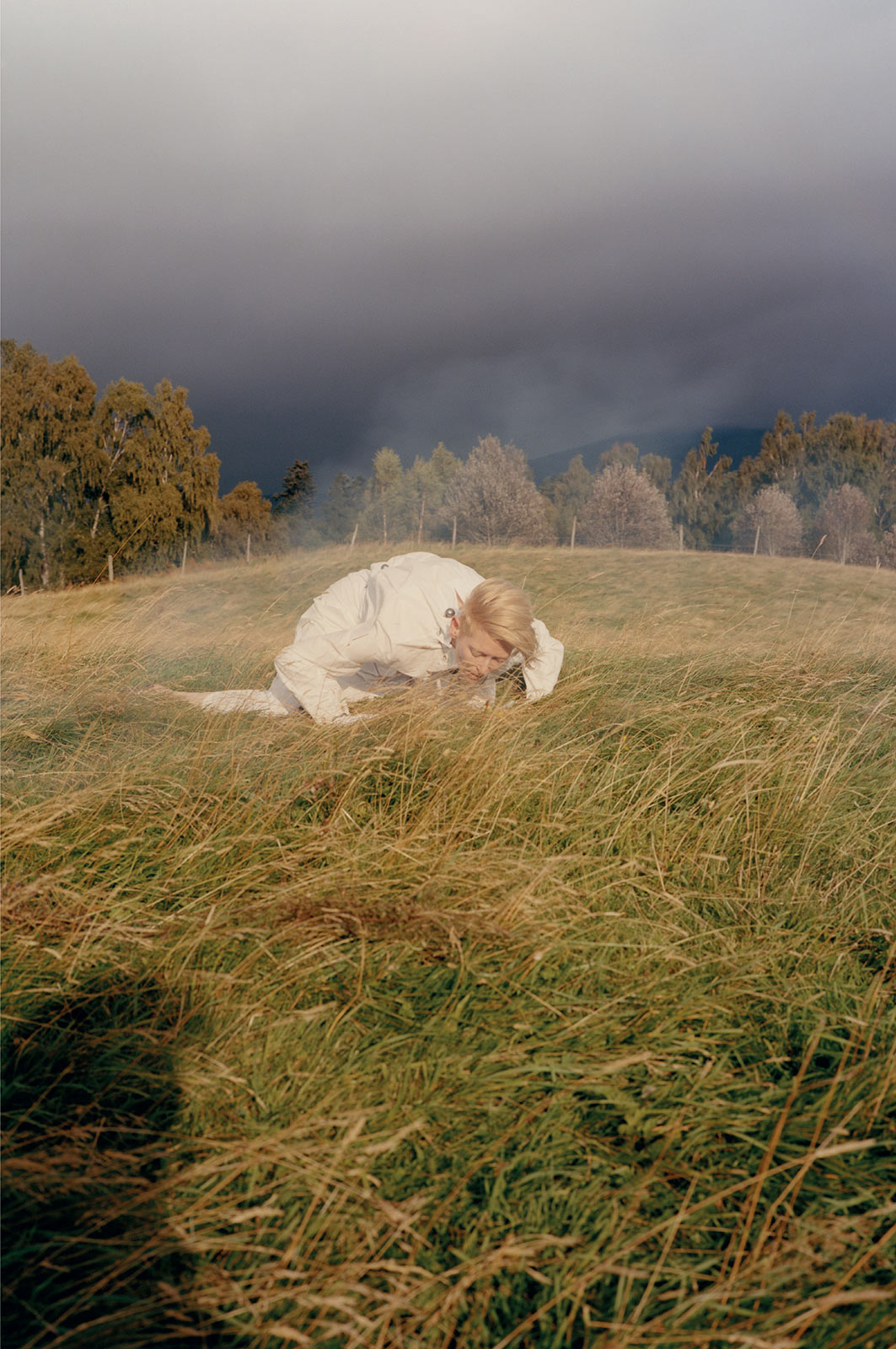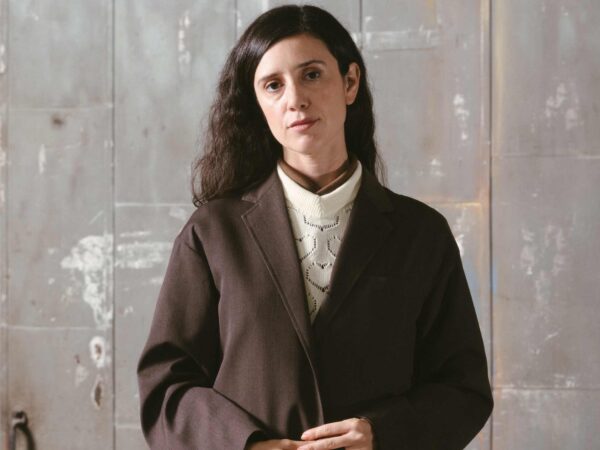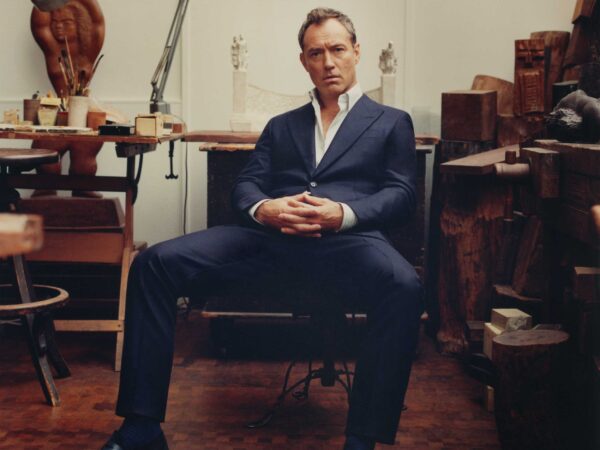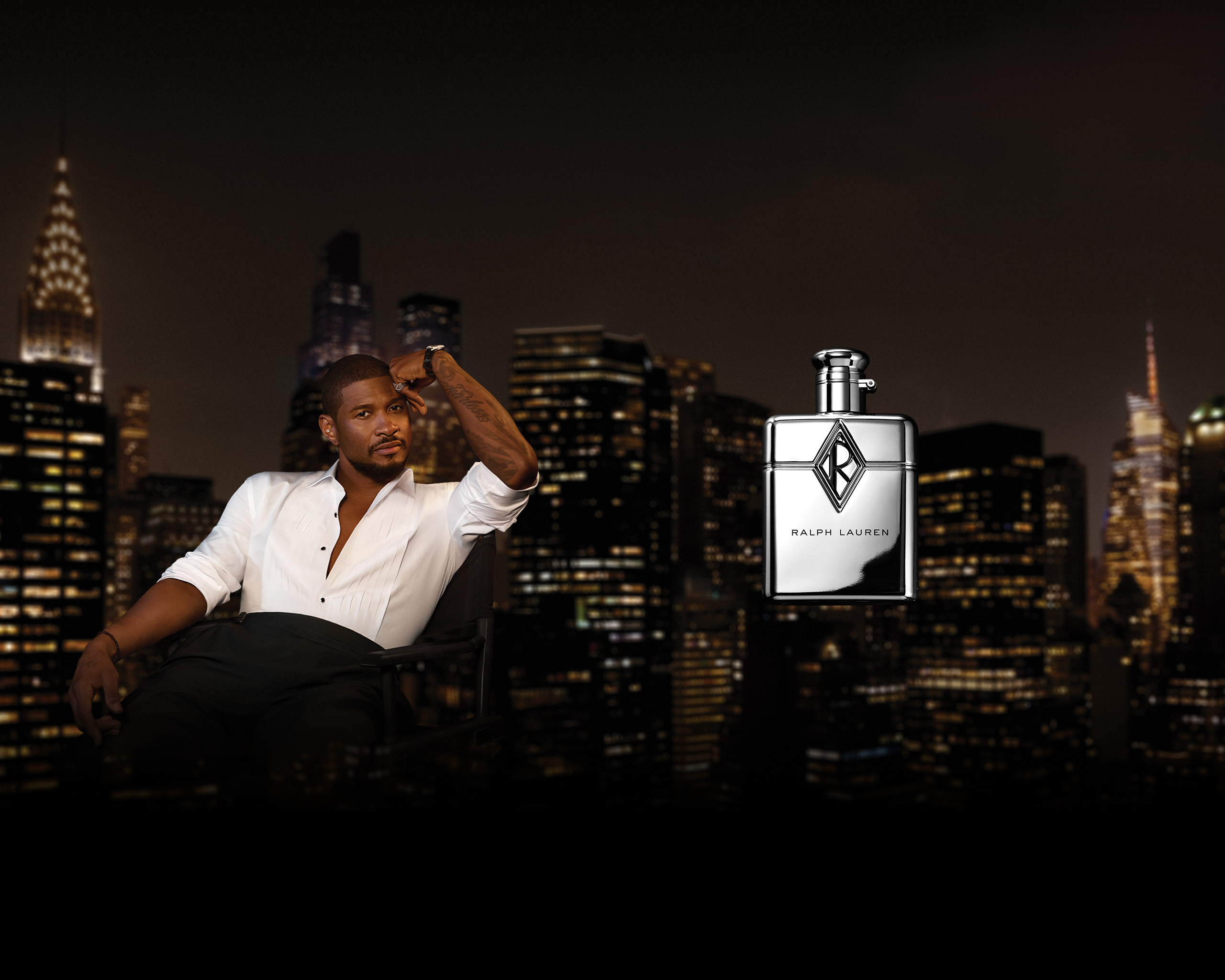To mark the their fourth collaboration, the pair reflect on their past works and ongoing creative journey in Document No. 9.
“Porcelain” is often used to describe the actress, artist, and overall creative muse Tilda Swinton. It’s not without warrant: Her face, unquestionably striking, has a silky fluorescence that companions her trademark frost-colored hair. But, beyond visuals, Swinton commands an emotional fragility that few dare to approach. She makes universes her own through a soft glance or simple sigh—no matter the gesture, her intensity directionally bleeds through. Though her work abounds in craft, from the theater—she joined the Royal Shakespeare Company in 1984—to arthouse cinema—she appeared in several roles for the queer pagan punk director Derek Jarman in the late 80s and early 90s—and mainstream films by the likes of David Fincher, Wes Anderson, and Joel and Ethan Coen today, her exploits remain raw and wholly unique in whatever form they take. In 2013 at the Museum of Modern Art, she revived her on-again, off-again project, “The Maybe” back to life, a live art piece in which she “napped” for over six hours in a glass box (a collaboration with the artist Cornelia Parker that originally debuted at London’s Serpentine Gallery). The same year she opened Drumduan Upper School, an alternative, art-based school in the Scottish Highlands.
Above The Fold

Sam Contis Studies Male Seclusion

Slava Mogutin: “I Transgress, Therefore I Am”

The Present Past: Backstage New York Fashion Week Men’s Spring/Summer 2018

Pierre Bergé Has Died At 86

Falls the Shadow: Maria Grazia Chiuri Designs for Works & Process

An Olfactory Memory Inspires Jason Wu’s First Fragrance

Brave New Wonders: A Preview of the Inaugural Edition of “Close”

Georgia Hilmer’s Fashion Month, Part One

Modelogue: Georgia Hilmer’s Fashion Month, Part Two

Surf League by Thom Browne

Nick Hornby: Grand Narratives and Little Anecdotes

The New Helmut

Designer Turned Artist Jean-Charles de Castelbajac is the Pope of Pop

Splendid Reverie: Backstage Paris Haute Couture Fall/Winter 2017

Tom Burr Cultivates Space at Marcel Breuer’s Pirelli Tire Building

Ludovic de Saint Sernin Debuts Eponymous Collection in Paris

Peaceful Sedition: Backstage Paris Fashion Week Men’s Spring/Summer 2018

Ephemeral Relief: Backstage Milan Fashion Week Men’s Spring/Summer 2018

Olivier Saillard Challenges the Concept of a Museum

“Not Yours”: A New Film by Document and Diane Russo

Introducing: Kozaburo, 2017 LVMH Prize Finalist

Introducing: Marine Serre, 2017 LVMH Prize Finalist

Conscious Skin

Escapism Revived: Backstage London Fashion Week Men’s Spring/Summer 2018

Introducing: Cecilie Bahnsen, 2017 LVMH Prize Finalist

Introducing: Ambush, 2017 LVMH Prize Finalist

New Artifacts

Introducing: Nabil Nayal, 2017 LVMH Prize Finalist

Bringing the House Down

Introducing: Molly Goddard, 2017 LVMH Prize Finalist

Introducing: Atlein, 2017 LVMH Prize Finalist

Introducing: Jahnkoy, 2017 LVMH Prize Finalist

LVMH’s Final Eight

Escaping Reality: A Tour Through the 57th Venice Biennale with Patrik Ervell

Adorned and Subverted: Backstage MB Fashion Week Tbilisi Autumn/Winter 2017

The Geometry of Sound

Klaus Biesenbach Uncovers Papo Colo’s Artistic Legacy in Puerto Rico’s Rainforest

Westward Bound: Backstage Dior Resort 2018

Artist Francesco Vezzoli Uncovers the Radical Images of Lisetta Carmi with MoMA’s Roxana Marcoci

A Weekend in Berlin

Centered Rhyme by Elaine Lustig Cohen and Hermès

How to Proceed: “fashion after Fashion”

Robin Broadbent’s Inanimate Portraits

“Speak Easy”

Revelations of Truth

Re-Realizing the American Dream

Tomihiro Kono’s Hair Sculpting Process

The Art of Craft in the 21st Century

Strength and Rebellion: Backstage Seoul Fashion Week Autumn/Winter 2017

Decorative Growth

The Faces of London

Document Turns Five
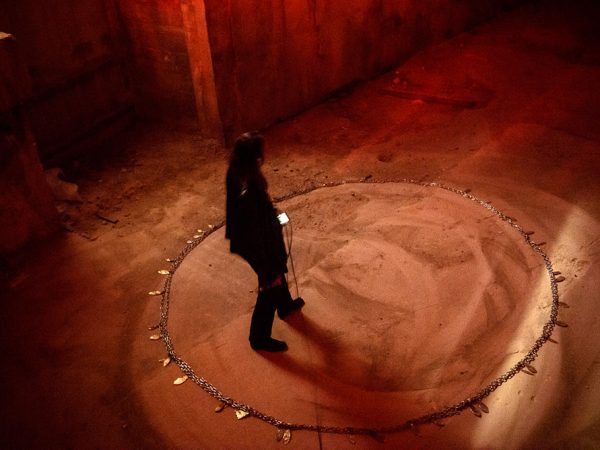
Synthesized Chaos: “Scholomance” by Nico Vascellari

A Whole New World for Janette Beckman

New Ceremony: Backstage Paris Fashion Week Autumn/Winter 2017
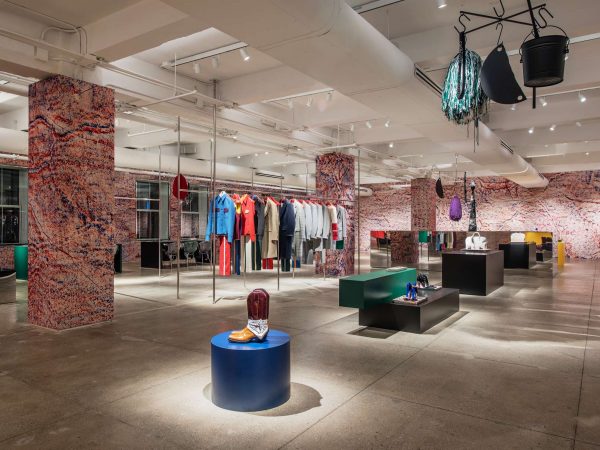
New Perspectives on an American Classic

Realized Attraction: Backstage Milan Fashion Week Autumn/Winter 2017

Dematerialization: “Escape Attempts” at Shulamit Nazarian

“XOXO” by Jesse Mockrin

Brilliant Light: Backstage London Fashion Week Autumn/Winter 2017

The Form Challenged: Backstage New York Fashion Week Autumn/Winter 2017

Art for Tomorrow: Istanbul’74 Crafts Postcards for Project Lift

Inspiration & Progress

Paskal’s Theory of Design

On the Road

In Taiwan, American Designer Daniel DuGoff Finds Revelation

The Kit To Fixing Fashion
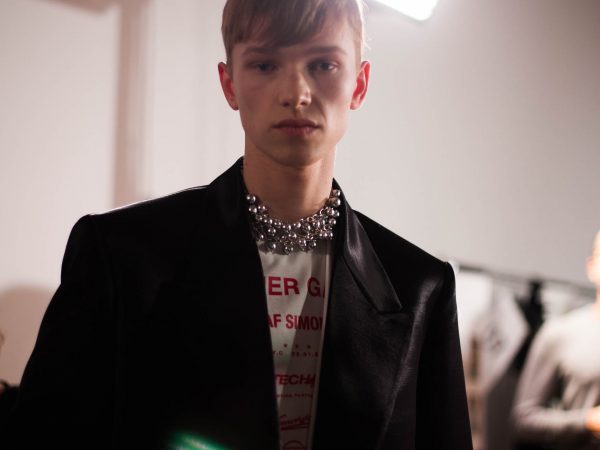
The Game Has Changed: Backstage New York Fashion Week Men’s Autumn/Winter 2017

Class is in Session: Andres Serrano at The School

Forma Originale: Burberry Previews February 2017

“Theoria”

Wearing Wanderlust: Waris Ahluwalia x The Kooples

Approaching Splendor: Backstage Paris Haute Couture Spring/Summer 2017

In Florence, History Returns Onstage

An Island Aesthetic: Loewe Travels to Ibiza

Wilfried Lantoine Takes His Collection to the Dancefloor

A Return To Form: Backstage New York Fashion Week Spring/Summer 2018

20 Years of Jeremy Scott

Offline in Cuba

Distortion of the Everyday at Faustine Steinmetz

Archetypes Redefined: Backstage London Fashion Week Spring/Summer 2018

Spring/Summer 2018 Through the Lens of Designer Erdem Moralıoğlu

A Week of Icons: Backstage Milan Fashion Week Spring/Summer 2018

Toasting the New Edition of Document

Embodying Rick Owens

Prada Channels the Wonder Women Illustrators of the 1940s

Andre Walker’s Collection 30 Years in the Making

Fallen From Grace, An Exclusive Look at Item Idem’s “NUII”

Breaking the System: Backstage Paris Fashion Week Men’s Autumn/Winter 2017

A Modern Manufactory at Mykita Studio

A Wanted Gleam: Backstage Milan Fashion Week Men’s Autumn/Winter 2017

Fashion’s Next, Cottweiler and Gabriela Hearst Take International Woolmark Prize

Beauty in Disorder: Backstage London Fashion Week Men’s Autumn/Winter 2017

“Dior by Mats Gustafson”

Prada’s Power

George Michael’s Epochal Supermodel Lip Sync

The Search for the Spirit of Miss General Idea

A Trace of the Real

Wear and Sniff

Underwater, Doug Aitken Returns to the Real
Olivier Saillard, the curator of the Palais Galliera, Paris’s eminent fashion museum, is known for staging vast exhibitions of fashion’s most revered names, including Yohji Yamamoto, Christian Lacroix, Comme des Garçons, and more. He has been collaborating with Swinton over the last few years in a series of unusual yet exciting performance art pieces that deconstruct fashion as a concept. “The Impossible Wardrobe” in 2012 was a three-night, one-woman-show in which Swinton slinked down a runway in late 19th to mid-20th-century designer garb. “Eternity Dress,” in 2013, followed the archaeology of construction; the two designed a dress before the eyes of audience members in a small Parisian auditorium. The third in their trilogy, “Cloakroom—Vestiaire Obligatoire,” a traveling act that debuted at the museum’s Festival d’Automne and moved to Florence, Italy for Pitti Immagine in 2014, cast Swinton as a cloakroom attendant, improvising as guests flowed in and out of the space. To mark the pair’s fourth collaboration—“Sur-exposition,” a new project with Charlotte Rampling in which the actresses will personify images from historic photographers at the Palais Galliera’s seasonal event—Swinton and Saillard reflect on their past works and ongoing creative journey.
Joshua—Do you recall when you first met?
Tilda—Our dear mutual friend Katerina Jebb, the photographic artist with whom we have worked on all our pieces, originally introduced us. Unless it was upstairs above a café to discuss working together, I have no memory of our first actual meeting! Likely, it was a fairly serious conversation with various others, during which we just twinkled at each other, wanting to get on with the fun…
Olivier—From that moment to our first performance, it seemed to me that we had some kind of secret connection and understanding, which was, and is, the appreciation for a different world.
Joshua—You’ve collaborated many times in the past—for the Festival d’Automne and even at Pitti Immagine—what stays the same, in regards to the collaboration, each time and what changes?
Tilda—The playfulness, the curiosity, and the contentment in a shared enterprise with another who follows the same trail in the sand.
Olivier—What changes is the atmosphere of the location, the platform of the performance. When we initiate a performance, or when we propose it to ourselves, the thought (the project itself) leads to that location. I think that “doing” is better than “knowing how.” That is key. We have nothing to sell. My hope is that we offer a moment of distraction.
Tilda—We feel like sleuths when we are together; forensic investigators on the hunt for something undiscovered. We share a kind of bullshit detector system that forces us to spool past gestures and inclinations that we feel we have seen before. This can make for a kind of tireless procedure: feeling for the edge in the carpet in order to peel it back.
Joshua—How was “Sur-exposition” incepted?
Tilda—Photography has never been far from our conversations—often related to sculpture and the concept of “pose”—over the past few years.
Olivier—[The work is] a reflection on invasive images, harassing photos, and over self-exposure. We attempt to provide a paradoxical answer by completely removing all visuals.
Joshua—Your previous works together call upon the idea of the “ritual.” Where does that come from and how do you interpret it?
Tilda—It has to do with the boundaries of crafting a story. The three pieces that make up [our] trilogy engage themselves with the often-repetitive gestures associated with the showing of clothes, the making of couture, and even the surrender of our outer garments to a public cloakroom. Each collection of gestures creates a form of narrative for the performance. However, I think that by tracing these gestures in real time—by enacting a “fashion show” for an unwearable collection, by actually creating a dress in the course of an hour’s performance from first measurements to completed garment, and by inviting the audience to offer their own clothing to a cloakroom attendant—we have approached a dismantling of the rituals in favor of a more practical, humanist narrative. We are trying to break open the ritual in order to find the life within it.
Olivier—It looks like a ritual because we are on stage, but in fact it’s gestures that come from the atelier or the fashion studio or our own relationship with cloth.
Joshua—The first two performances seem so much more process-driven than “Cloakroom—Vestiaire Obligatoire.” Which world is this new piece meant to live in, or is it in another world of its own?
Olivier—With every new performance, we try to hold a mirror to the garment to reveal the art and the poetry of the period, something that is very seldom addressed in either the art or fashion industry.
Tilda—This is a new turn of the wheel. We felt very sure, with “Cloakroom,” that we were completing a trilogy of work. We have occasionally played with the idea of the still frame—of catching energy with a camera’s shutter—although the trilogy, as individual pieces and as a whole, was more invested in movement and the un-photographed material existence of clothes, bodies, and the lives lived within them. We start a fresh tack with [“Sur-exposition”], and we have invited a new collaborator, the lovely Charlotte Rampling, to make it with us.
“We feel like sleuths when we are together; forensic investigators on the hunt for something undiscovered.”
Olivier—In “Cloakroom,” the audience was invited onstage to give their coat to Tilda. To our surprise, Charlotte, who was in the audience, came [up]. The glance they gave each other indicated a form of intimacy, which, to me, was a sign of acknowledgement of each other. When Tilda and Charlotte found themselves face-to-face during one of our rehearsals, I was struck by their unique similarity. They are identical, without resembling each other physically, in the positions they take, the choices they make, and in their utmost singularity.
Joshua—Do you think of your work—in this series and in your own solo pieces—as a whole or do you work on each project as its own?
Tilda—It is a question of following one’s nose to the next scent, but, naturally, only according to the position to which one has found oneself through the previous foray. With perspective, of course, all the work is connected by the lives we are living while we make them, but, especially at the beginning of a project, it feels like a new departure, fresh snow ahead. Only later, with hindsight, can one see the through-line.
Olivier—I decided in 2005 to initiate a poetic and performance piece based on a study of clothes without the body. Fashion typically works via runway modeling or photography with the body occupying a central role, but it is the absence of the body—something very much present in fashion museums or in one’s closet at home—that drive the exhibitions or the performances that I produce. I feel I occupy a territory, which is that of the written and a form of conservation for the disappearing fashion gesture. The performances are chapters, long or short. As long as I feel there is a need to say more on the subject, I will continue. But it is possible that these chapters will come to an abrupt ending.
Joshua—Irving Penn, Richard Avedon, and Brassaï are some of the photographers that inspire “Sur-exposition.” What do these artists mean to you?
Tilda—History. By which I mean, not only their invaluable place in the history of the development of photography, but also something about the way in which they formulate and capture the gestures of their time in such a way as to render history entirely present and touchable.
Olivier—Irving Penn is, for me, one of the greatest photographers. His work goes beyond the appearance of fashion to reveal the portraits of individuals.
Tilda—I had the great honor of working with Avedon. I learned more from him about portraiture in two days than I have in the 20 years since. He was so entirely uninterested in repeating himself or in making a shape in each image that he had ever made before. (A tricky proposition, given that by the time I met him he had made pictures of people striking nearly every shape under the sun.) He waited for the pose to drop and the life to flood in. And then he snapped. This is the miracle of his iconic portrait of Marilyn Monroe. He was like a hunter going after life. What a service that hunting instinct does us now, in amongst the bobbing sea of constructed, somewhat defensive poses recorded of that particular sitter. He shot her with a compassion dart.
Olivier—[Avedon’s] work is totally connected to that Marylin Monroe portrait. He is the closest to a mirror, as he is able to predict [his subject’s] moment of weakness. Brassaï is known for his photography of Paris on a rainy day: a vanishing city with a nostalgic feeling.
Joshua—What do you think academia can take from performance and what can performance take from academia?
Tilda—I think that live performance, especially outside of the usually word-heavy environment of the theater, has the opportunity to play with unspoken and unspeakable things. Here, it is possible to dovetail, in one gesture, the tendencies of dance, of poetry, and of exhibition, for example, without having to signal loyalty to any one discipline. Academia, being all about words, can follow this openness of approach and attempt to translate it, to describe it with accuracy. But inarticulacy—being at the heart of the project of something performed in silence rather than spoken—is a winding and potentially transforming trail for the language of academia. The relationship is, therefore, a lively and energizing one. It pushes things forward.
Joshua—You approach fashion from different ways—historically, socially, uniform-ally. For two people from very different spaces, what does fashion mean to you?
Olivier—Fashion has interested me in how it gives birth to authors such as Madame Grès, [Azzedine] Alaïa, [Cristobal] Balenciaga, and Madeleine Vionnet. It is this isolated area of solitude, not the theater of fashion that is more exclusive than inclusive. Personally, I don’t really have any sartorially fashionable clothing other than slacks and a blue shirt. Generally, I believe that fashion design is a topic about to be ignored in the mainstream because the prices are too high.
Tilda—Naturally, Olivier has a pretty encyclopedic knowledge of fashion history, but maybe such a scope of perspective brings him not far from my pretty untutored crash-landing into a relationship with the fashion world exclusively via my friendships within it. I think we are both somewhat uninvested in fashion as a currency, heading, via style, towards an understanding of the anthropological—and, really, sociological—life of our culture.
Joshua—Do you collaborate and perform to educate or to express?
Tilda—I would say neither; rather, to share.
Olivier—I don’t want to make a lesson about fashion. I hope I can bring some poetry into this fashion world, where it is sometimes ignored.
Joshua—Do you have anything you’d like to ask each other?
Olivier—If there were more questions, I would need to whisper them into her ears while threatening to kiss her.
Hair Cyndia Harvey at Streeters London. Make up Niamh Quinn at LGA. Photo Assistant Simon Wellington. Production Shelby Beamon at Art Partner, Michelle Methven at LS Productions, and Walter Micklethwait. Special thanks Jerry Stafford.




